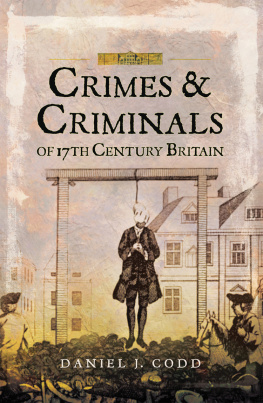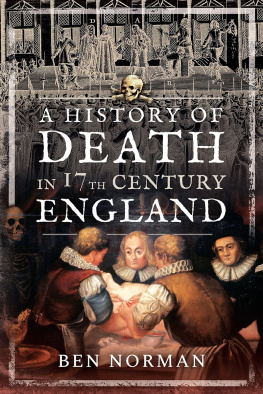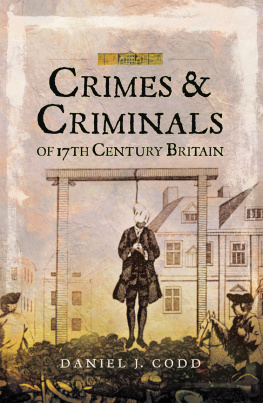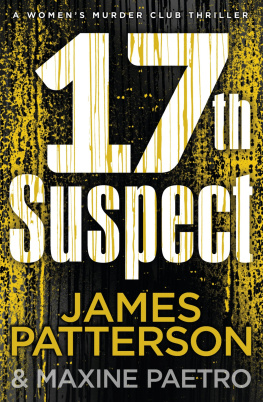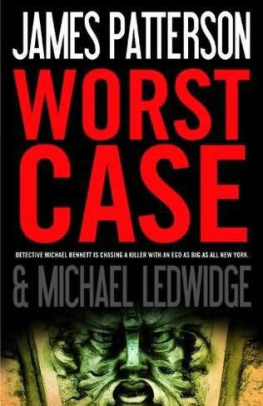Gary Patterson - Chemistry in 17th-Century New England
Here you can read online Gary Patterson - Chemistry in 17th-Century New England full text of the book (entire story) in english for free. Download pdf and epub, get meaning, cover and reviews about this ebook. year: 2020, publisher: Springer International Publishing, genre: Religion. Description of the work, (preface) as well as reviews are available. Best literature library LitArk.com created for fans of good reading and offers a wide selection of genres:
Romance novel
Science fiction
Adventure
Detective
Science
History
Home and family
Prose
Art
Politics
Computer
Non-fiction
Religion
Business
Children
Humor
Choose a favorite category and find really read worthwhile books. Enjoy immersion in the world of imagination, feel the emotions of the characters or learn something new for yourself, make an fascinating discovery.
- Book:Chemistry in 17th-Century New England
- Author:
- Publisher:Springer International Publishing
- Genre:
- Year:2020
- Rating:4 / 5
- Favourites:Add to favourites
- Your mark:
- 80
- 1
- 2
- 3
- 4
- 5
Chemistry in 17th-Century New England: summary, description and annotation
We offer to read an annotation, description, summary or preface (depends on what the author of the book "Chemistry in 17th-Century New England" wrote himself). If you haven't found the necessary information about the book — write in the comments, we will try to find it.
Chemistry in 17th-Century New England — read online for free the complete book (whole text) full work
Below is the text of the book, divided by pages. System saving the place of the last page read, allows you to conveniently read the book "Chemistry in 17th-Century New England" online for free, without having to search again every time where you left off. Put a bookmark, and you can go to the page where you finished reading at any time.
Font size:
Interval:
Bookmark:
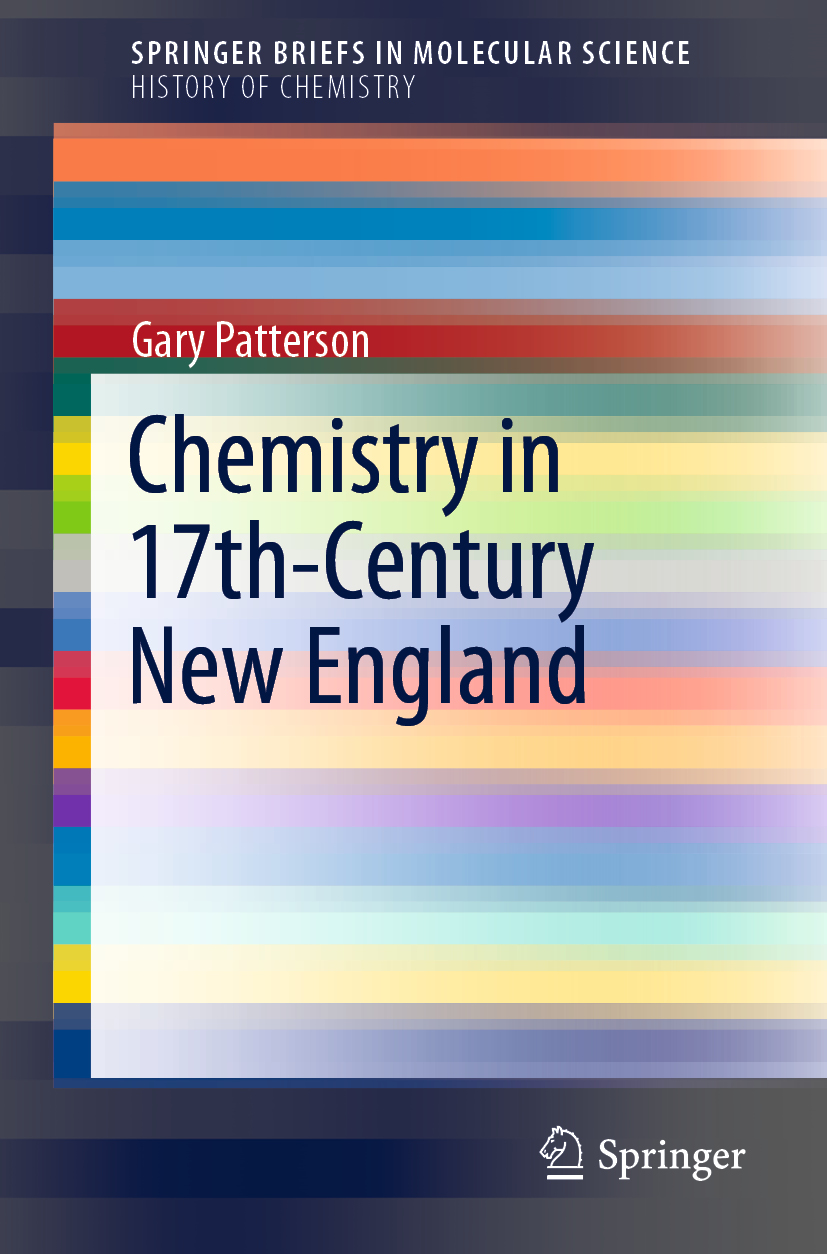
SpringerBriefs in Molecular Science present concise summaries of cutting-edge research and practical applications across a wide spectrum of fields centered around chemistry. Featuring compact volumes of 50 to 125 pages, the series covers a range of content from professional to academic. Typical topics might include:
A timely report of state-of-the-art analytical techniques
A bridge between new research results, as published in journal articles, and a contextual literature review
A snapshot of a hot or emerging topic
An in-depth case study
A presentation of core concepts that students must understand in order to make independent contributions
An overview or review of an important historical topic of broad interest
Biographies of prominent scientists, alchemists, or chemical practitioners
New historical research of interest to the chemical community
Briefs allow authors to present their ideas and readers to absorb them with minimal time investment. Briefs are published as part of Springers eBook collection, with millions of users worldwide. In addition, Briefs are available for individual print and electronic purchase. Briefs are characterized by fast, global electronic dissemination, standard publishing contracts, easy-to-use manuscript preparation and formatting guidelines, and expedited production schedules. Both solicited and unsolicited manuscripts are considered for publication in this series.
More information about this subseries at http://www.springer.com/series/10127

This Springer imprint is published by the registered company Springer Nature Switzerland AG
The registered company address is: Gewerbestrasse 11, 6330 Cham, Switzerland
I would like to thank the History of Chemistry Division of the American Chemical Society for its support of a symposium on chemistry in America before 1876. I would also like to thank my co-organizers, Ed Cook and Seth Rasmussen. The primary source research for this work has benefitted from the extensive collection of Winthrop Family papers by the Massachusetts Historical Society. I would like to thank Trevor Levere, Louise Palmer and Seth Rasmussen for careful reading and good suggestions for improvement.
The world of 17th century New England is introduced. The five worlds of John Winthrop, the Younger, are introduced: Political, Religious, Scientific, Industrial and Social. The key characters in this fascinating drama are identified.
Chemistry was being practiced in New England long before the Puritans arrived in Massachusetts to create a commonwealth in the wilderness []. The Massachusetts Historical Society has collected the papers and correspondence of many generations of Winthrops. John Winthrop, Sr., was the first Governor of the Massachusetts Bay Company; John Winthrop, Jr., was the Governor of Connecticut; both sons of John Winthrop, Jr., became Governors in New England, and many famous Winthrops are buried in the Kings Church graveyard in Boston. The present book is hardly the first to tell this story, and I hope it is not the last, but now is an excellent time to advance our understanding of the role of chemistry in the development of the American experience.

Captain John Smith (15791632) (National Park Service, by permission)

John Winthrop, Sr. (15881649).
Courtesy American Antiquarian Society
The Massachusetts Bay Company was a commercial venture []. While there were religious aspects to an explicitly Puritan commonwealth, the proprietors in England expected to make money. How were they going to do that? The king expected the colonies to be a source of wealth for him. London merchants expected to sell finished goods to the needy colonists. New England had substantial natural resources, but in order to reach a market for these goods, they needed to be transported somewhere else. This increased the costs and reduced any profit.
Font size:
Interval:
Bookmark:
Similar books «Chemistry in 17th-Century New England»
Look at similar books to Chemistry in 17th-Century New England. We have selected literature similar in name and meaning in the hope of providing readers with more options to find new, interesting, not yet read works.
Discussion, reviews of the book Chemistry in 17th-Century New England and just readers' own opinions. Leave your comments, write what you think about the work, its meaning or the main characters. Specify what exactly you liked and what you didn't like, and why you think so.



